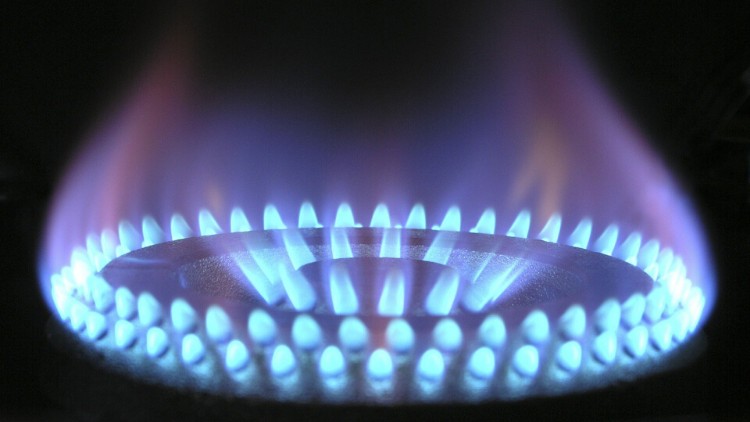Heat And Mass Transfer – HMT
The basics of heat transfer, with a detailed explanation and many examples.
What you’ll learn
Heat And Mass Transfer – HMT
- Modes of heat transfer and the rules that govern how heat moves through the air or water.
- Thermal conductivity: Heat moving through gases.
- A way to think about Fourier’s law The electrical analogy of how heat moves, A certain radius of insulation.
- In a slab and cylinder, heat is made. A lot of fins, unsteady/transient conduction.
- Forced convection heat exchange Reynold’s number, the Prandtl number, and the Nusselt number.
- An incompressible flow that doesn’t change direction when it’s on a flat surface. Forced convection is when air moves through pipes and ducts. Natural convection.
- Types of heat exchangers, and where they are used It is the first law of thermodynamics. List of types of heat exchangers.
- In this case, LMTD is used for both parallel and counterflow. HE, NTU, and the fouling factor
- Reflectivity, Transmittivity, and Absorbtivity Heat radiation laws: Shape factor, Radiation heat exchange, and the shape factor
Requirements
- Must have a good understanding of how to separate and combine things.
- The idea of electrical analogies, like current, potential difference, and resistance, came first.
- adiabatic, constant pressure, and isothermal are some of the thermodynamic processes that happen
- It is the most important thing to have a “like and curious mind.”
Description
It’s the most comprehensive and interactive way to learn about the different types of heat exchangers, conduction, convection, radiation, and so on. The goal of the class is to cover all of the topics and concepts of HMT that students need to know for their studies.
Conduction
The thermal conductivity in gases, heat moves from one place to another a way to think about Fourier’s law The electrical analogy of how heat moves, An area with a certain amount of insulation around it. In a slab and cylinder, heat is made. Fines, unsteady/transient conduction, and change
Convection
Forced convection heat exchange A number called “Reynold’s” over a flat surface, there is no movement HBL, TBL, and Forced convection is when air moves through pipes and ducts. Natural convection.
List of heat exchangers, LMTD for parallel and counter flow, NTU, Fouling factor, and how they work
Radiation
Reflectivity, Transmittivity, and Absorbtivity Radiation heat exchange and the laws of thermal radiation, as well as the shape factor and the radiation heat exchange
Who this course is for:
- Graduates and undergraduates in mechanical engineering.
- Heat transfer is a class that students take in college.
- Anyone wants to learn more about HMT.
Stripe Masterclass With React.js & Node.js
Download Now









